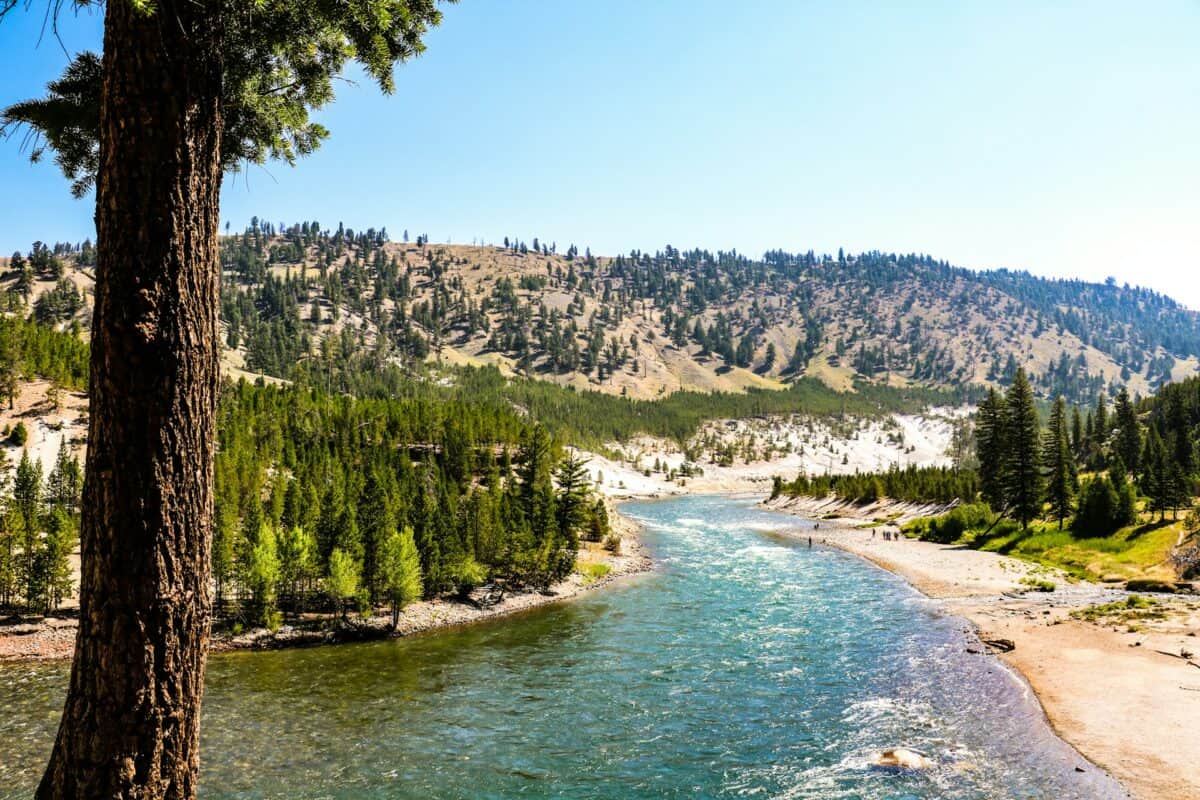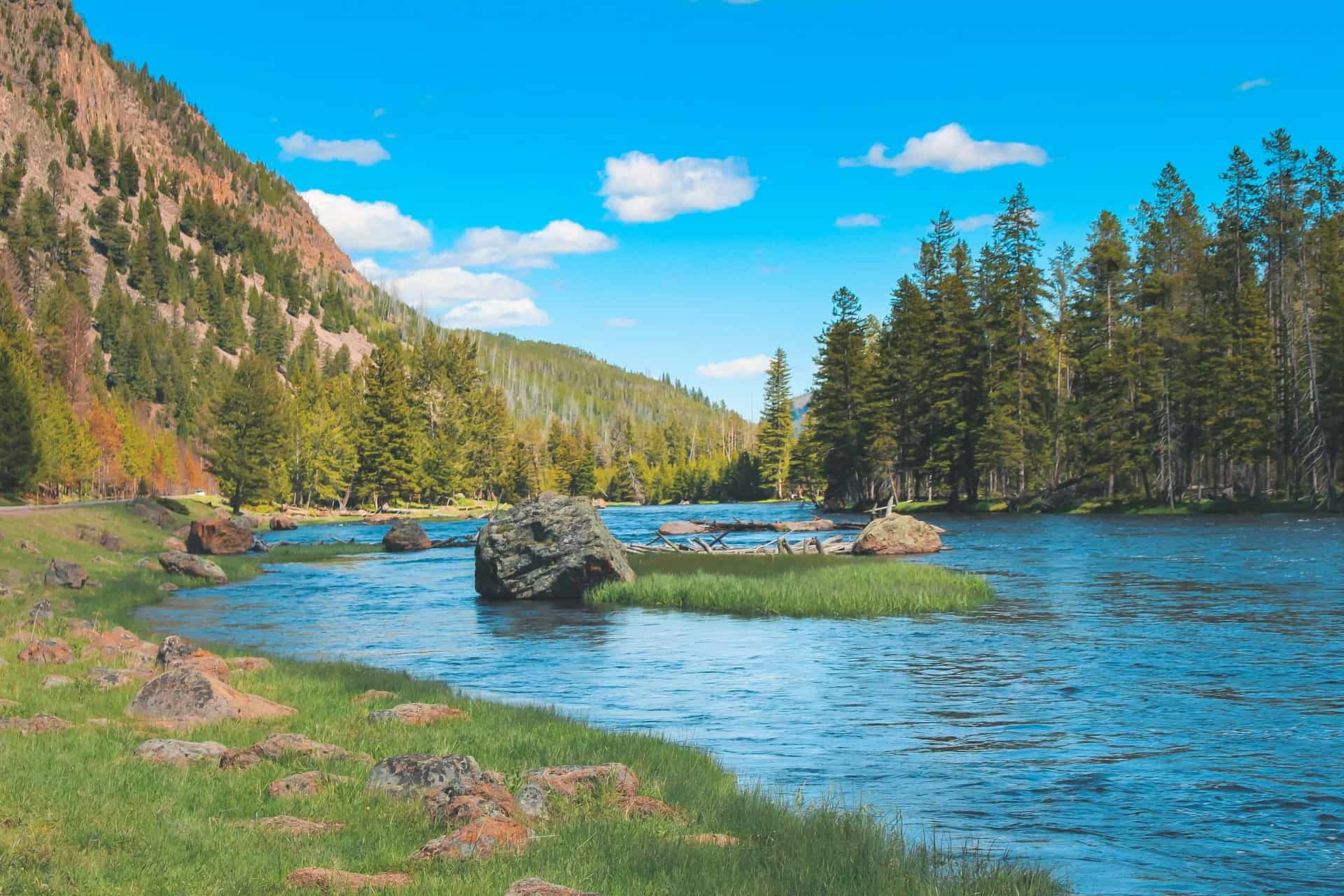Yellowstone National Park is a stunning tapestry of geothermal wonders, sprawling meadows, and majestic wildlife. However, amid its beauty, there is a growing concern: tourists ignoring park rules. These infractions, seemingly minor to some visitors, can have significant consequences for both the animals and the park’s ecological balance.
Understanding the Park’s Rules

Yellowstone’s regulations are not arbitrary; they’re crafted to protect everything from the delicate geyser systems to the diverse wildlife inhabitants. Park rules are designed to ensure that millions of visitors can experience Yellowstone’s splendors without causing harm to the environment or themselves.
Wildlife at Risk

The park is home to hundreds of species, including iconic bison, elk, and the elusive gray wolf. When tourists ignore posted warnings and approach wildlife too closely, it creates dangerous situations for both the animals and the humans involved. Animals that become accustomed to human interaction often suffer, sometimes becoming aggressive or losing their natural wariness that helps them survive.
The Lure of the Perfect Photo

In the age of social media, capturing the ‘perfect’ wildlife photo is an irresistible lure for many visitors. This drive often leads tourists to approach animals too closely, risking injury, stress to the animals, and sometimes altercations that can lead to tragic outcomes. Despite clear guidelines, these actions are disturbingly common.
Consequences for the Ecosystem

Ignoring park rules can disrupt the delicate balance of Yellowstone’s ecosystems. Human interference can alter the foraging behaviors of animals, disrupt breeding patterns, and introduce pollutants through littering. Every action has a ripple effect that can destabilize these finely-tuned systems.
Stories from the Frontline

Park rangers often recount stories of tourists getting too close to geysers or wildlife, endangering both themselves and the natural inhabitants. From injured tourists who neglected safety barriers to animals that had to be relocated, the narratives underscore the pressing need for awareness and adherence to park guidelines.
The Role of Education

Education is a key strategy in mitigating rule-breaking behaviors. The park has implemented programs and signage designed to inform visitors about the importance of staying on trails and maintaining a safe distance from wildlife. Despite these efforts, the challenge remains substantial as visitors continue to flout the rules.
Technology to the Rescue

In recent years, Yellowstone has explored using technology such as apps and GPS-based alerts to remind visitors of park rules in real-time. These tools aim to nudge tourists into making responsible decisions while enjoying the park’s offerings.
Community Involvement

Beyond the efforts by park authorities, visitor compliance can be reinforced through peer involvement. Educating communities and encouraging visitors to hold each other accountable can create a culture of respect and responsibility within the park.
Increased Penalties as a Deterrent

In response to persistent rule violations, there has been discussion on imposing stricter penalties for those who break the rules. Fines serve as a financial deterrent, emphasizing that the protection of Yellowstone is not just a request but a requirement.
Reflections and Responsibility

Visitors to Yellowstone have a responsibility to act as stewards of this natural wonder. Reflecting on personal behaviors and their impact on the environment is crucial. Simple actions, like obeying posted signs and maintaining a safe distance from wildlife, significantly contribute to preserving the park for future generations.
The Path Forward

The path forward involves a combination of education, enforcement, and personal accountability. By raising awareness and encouraging responsible tourism practices, both the natural beauty of Yellowstone and the safety of its inhabitants—human and animal—can be secured for years to come.
Conclusion: Protecting Yellowstone Together

Yellowstone National Park offers breathtaking experiences and the chance to witness nature in its purest form. However, this paradise can only be maintained through collective effort. By respecting the park’s rules and understanding their importance, every visitor plays a role in safeguarding Yellowstone’s ecological treasure trove.
- Why Some Snakes Have More Potent Venom Than Others - August 15, 2025
- 12 Reptiles That Can Live Over 100 Years - August 15, 2025
- Discover The 5 Best Dog Breeds for Snake Control in New York - August 15, 2025

